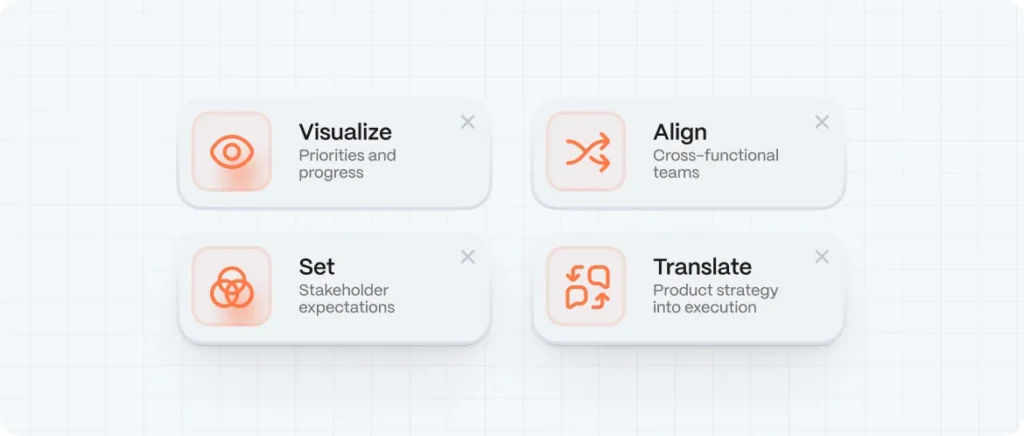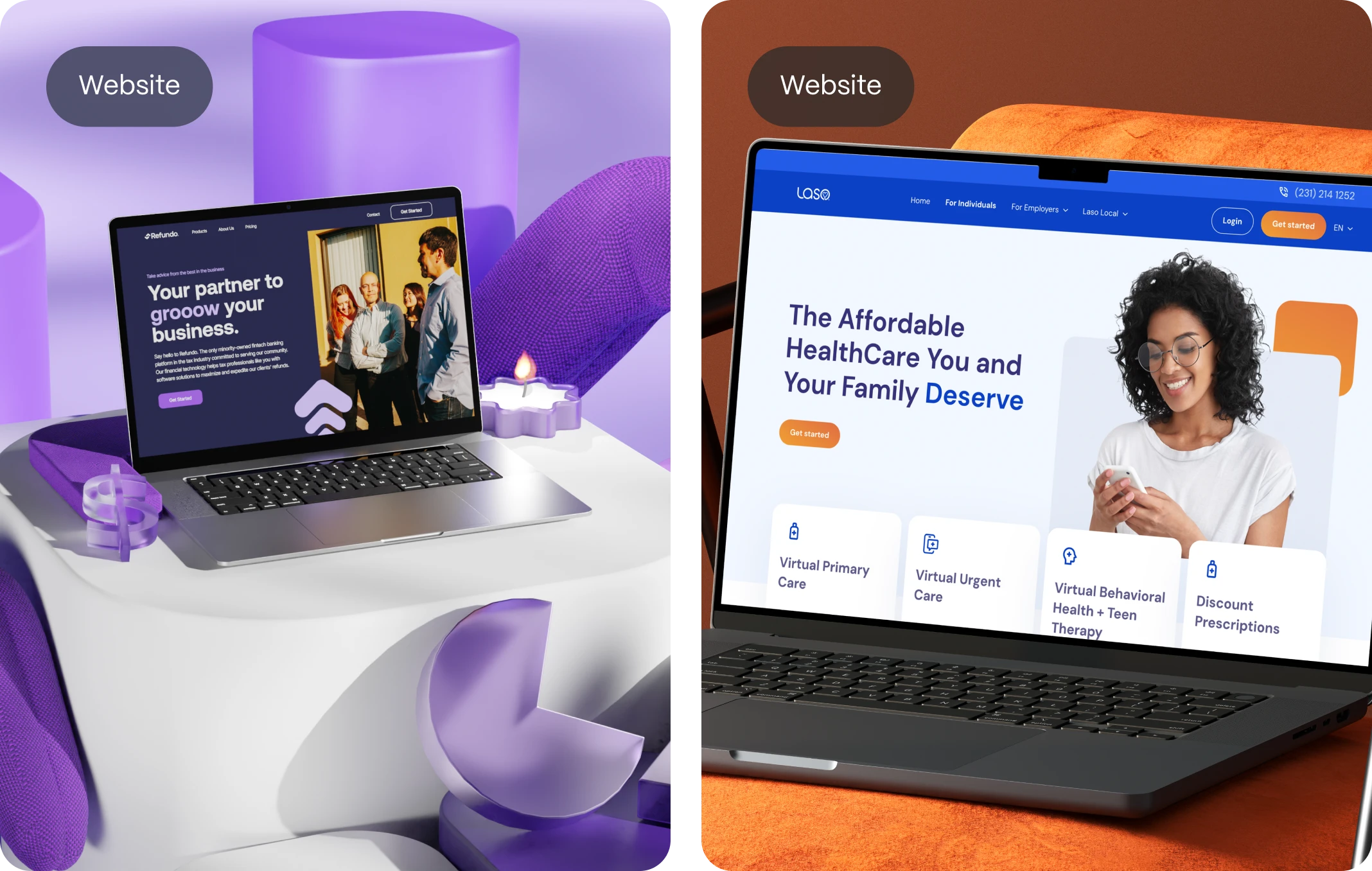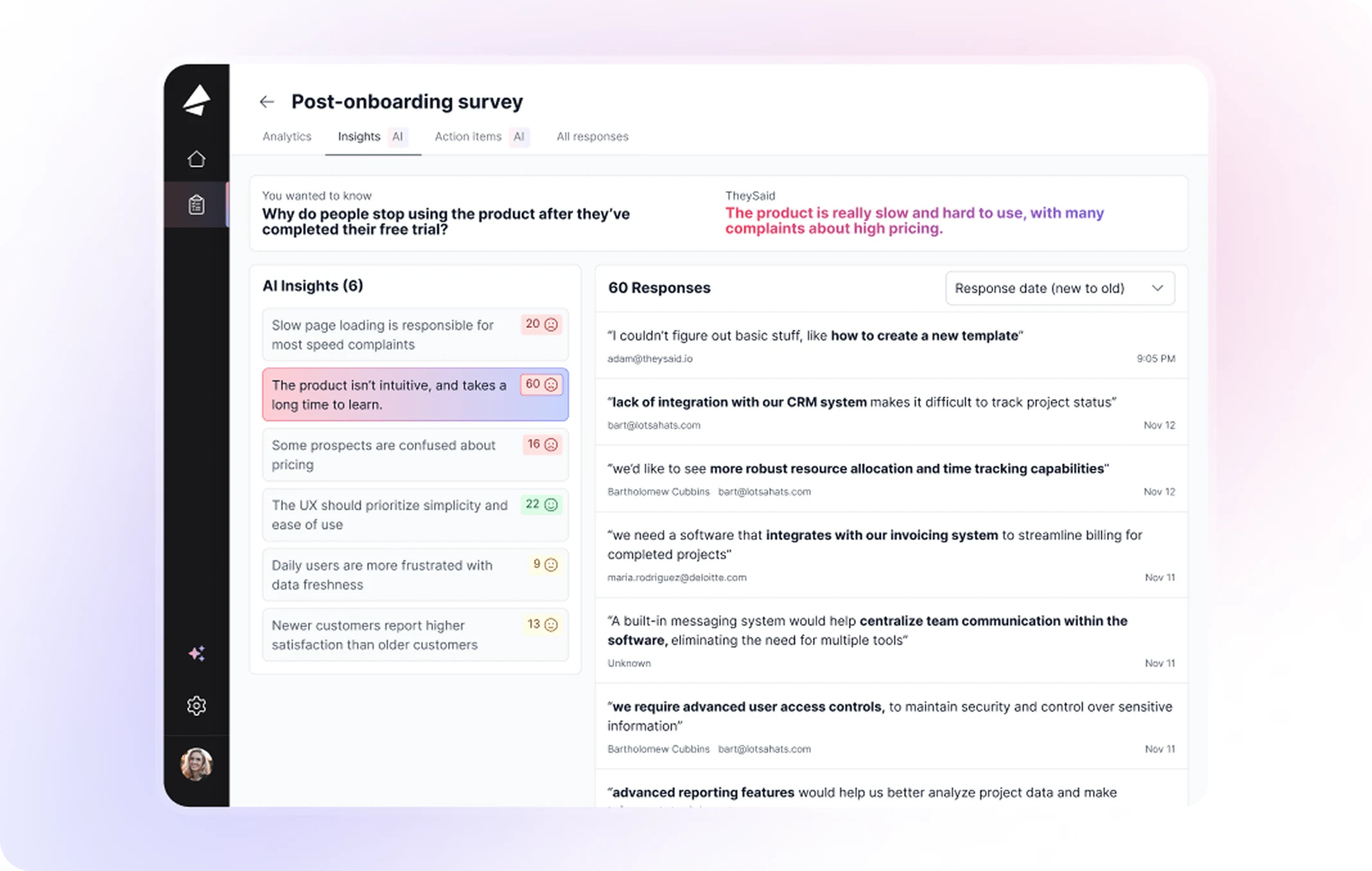Launching a digital product without a roadmap is like embarking on a cross-country journey without a GPS. You might know your destination—but without direction, structure, and checkpoints, it’s far too easy to get lost, waste resources, or run out of fuel. In the startup world, where speed, clarity, and customer alignment are critical, a well-crafted product roadmap becomes more than a tactical tool. It becomes a strategic lifeline.
But what makes a roadmap truly effective? And how do you create one that doesn’t just look good in a pitch deck—but actually leads to product-market fit?
In this comprehensive guide, we’ll explore the five essential steps to creating a successful product roadmap. Drawing from the most influential thought leaders in product development—like Eric Ries, Marty Cagan, and Geoffrey Moore—we’ll break down the mindset, tools, and tactics used by the world’s most innovative companies.
Whether you’re building your MVP or preparing to scale, this guide is designed to help you organize ideas, align teams, prioritize with confidence, and drive meaningful growth. For more on aligning design with business goals, check out how UX/UI design drives business growth.
1. What Is a Product Roadmap?
A product roadmap is a strategic document that outlines the direction, priorities, and evolution of a product over time. It connects your long-term product vision to short-term actions and helps align stakeholders around shared goals.
According to Product Roadmaps Relaunched by Evan Ryan and Michael Connors, the roadmap is not a static list of features or release dates—it’s a dynamic communication tool that evolves with new data, market conditions, and user feedback.

Key Functions of a Product Roadmap:
- Visualize priorities and progress
- Set stakeholder expectations
- Align cross-functional teams
- Translate product strategy into execution
2. Why Product Roadmaps Matter for Startups
Startups operate under high uncertainty. You’re moving fast, iterating quickly, and making bets based on limited data. That’s why a product roadmap is critical: it allows you to focus on what matters most and course-correct without losing your north star.
In The Lean Startup, Eric Ries emphasizes the importance of validated learning. Your roadmap must not just reflect what you want to build, but what you need to learn. This means shifting from “what features will we launch?” to “what hypotheses will we test?”
According to Marty Cagan in Inspired, the best teams don’t just build what stakeholders ask for—they build what users truly need. A strong roadmap helps balance these pressures by creating transparency, structure, and shared accountability.

3. The 5 Essential Steps to Build a Product Roadmap
Step 1: Define a Strong Product Vision
Your product vision is your north star. It articulates why your product exists and the problem it’s solving.
“Vision without execution is hallucination.” — Thomas Edison
Without a clear vision, your roadmap becomes a list of disconnected features. With one, every initiative has context.
Ask yourself:
- What is the long-term impact we want to make?
- Who are we building for?
- What value will we consistently deliver?
Step 2: Gather and Prioritize Inputs
A great roadmap reflects multiple perspectives:
- User feedback (surveys, interviews, behavior data)
- Business goals (revenue, market share, user growth)
- Technical feasibility (team capacity, platform constraints)
Use frameworks like RICE (Reach, Impact, Confidence, Effort) or MoSCoW (Must have, Should have, Could have, Won’t have) to prioritize.
RICE and MoSCoW
Hooked by Nir Eyal suggests you also evaluate ideas based on how habit-forming they are—especially for consumer apps.
Step 3: Choose Your Roadmap Format
There’s no one-size-fits-all format. Choose based on your audience and phase of growth:
| Format | Best For | Description |
|---|---|---|
| Timeline-based | Marketing, Execs | High-level time blocks |
| Theme-based | Product Teams | Grouped by strategic initiatives |
| Now/Next/Later | Startups | Focused and flexible |
| Kanban-style | Agile Teams | Task-focused, visual |
According to Lean UX, early-stage teams benefit from fluid formats like “Now/Next/Later” because they allow room for rapid iteration. Visualizing user interactions is key, learn more about user flows in UX design.
Step 4: Communicate and Align with Stakeholders
A roadmap is only valuable if it’s understood and embraced. Share early. Share often.
Key audiences:
- Founders/Executives want to see alignment with vision and KPIs
- Developers want clarity on scope and feasibility
- Marketing/Sales want insight for messaging and GTM strategy
Build in rituals like monthly roadmap reviews, async Loom updates, or Notion boards accessible to all.
Step 5: Iterate and Adapt Over Time
No roadmap survives first contact with reality.
Your market evolves, user behavior shifts, and team capacity changes. A rigid roadmap becomes a liability.
“A good product roadmap is a prototype of your strategy.” — Product Leadership
Make retrospectives and user feedback loops part of your operating system. Use OKRs and analytics to evaluate impact and decide what’s next.
Feedback Loop: Roadmap → Build → Measure → Learn → Adjust

4. Real-World Examples of Product Roadmaps
Airbnb used a “themes and bets” format early on, grouping priorities into problem areas rather than fixed features.
Spotify famously organized its roadmap by squads and tribes, giving each unit autonomy while maintaining strategic alignment.
Intercom used a customer-centric approach, prioritizing features based on user onboarding and activation data.
5. Mistakes to Avoid When Building Your Roadmap
- ❌ Overloading it with features
- ❌ Making promises instead of setting direction
- ❌ Ignoring technical and design constraints
- ❌ Failing to update or communicate changes
- ❌ Treating it as a to-do list instead of a strategic document
6. Tools That Can Help You Build a Roadmap
- Productboard – Feature prioritization
- Aha! – Strategic planning and visualization
- Notion – Lightweight collaboration
- Trello/Jira – Execution-focused tracking
- Figma/Whimsical – Visual thinking and planning
7. FAQ
What is the main purpose of a product roadmap?
To align teams, clarify product direction, and turn vision into action through structured prioritization and iteration. Effective roadmaps rely on usability design principles.
How often should a roadmap be updated?
Ideally every quarter—or as often as new insights emerge from user testing, market shifts, or internal reviews. Keeping up with UX design trends in 2024 is beneficial.
Can a product roadmap help raise funding?
Yes. Investors often want to see a clear product vision and how milestones tie into growth metrics and timelines. A well-defined roadmap showcases thoughtful branding for startups.










